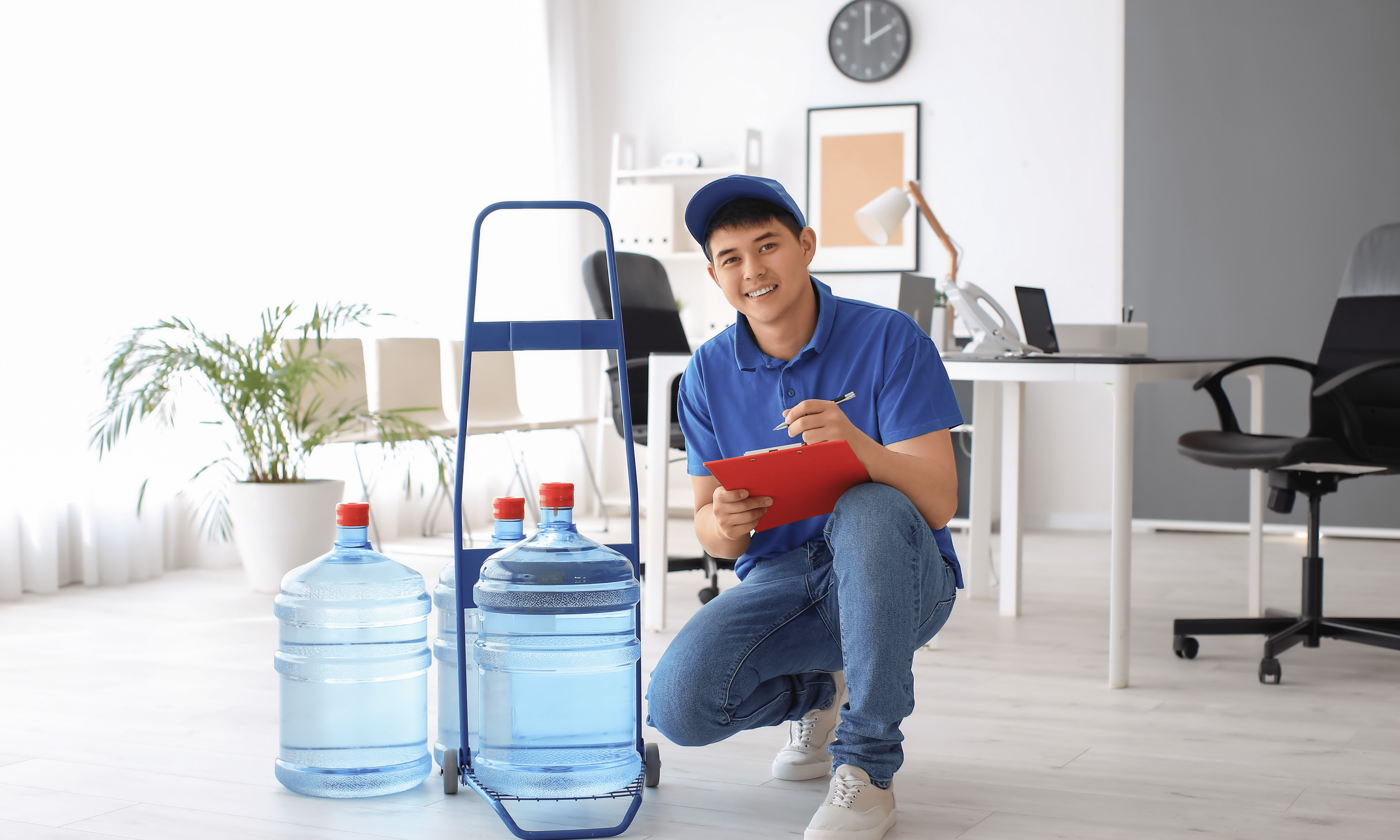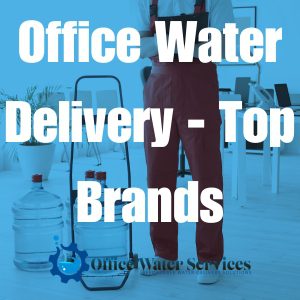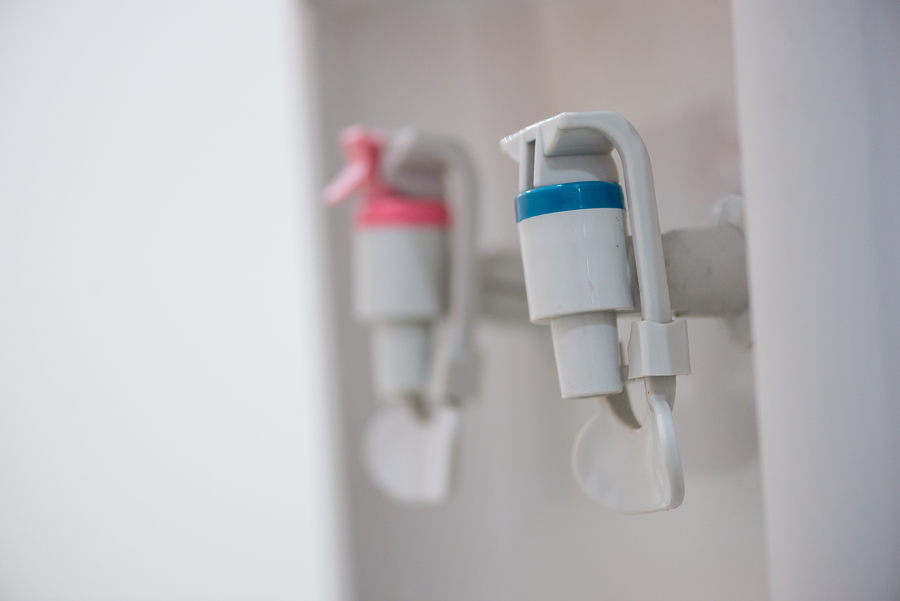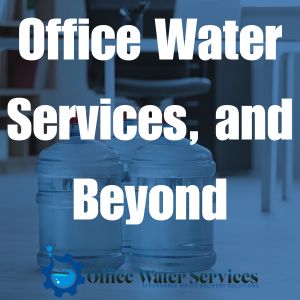
Is Your Office Water Source Eco-Friendly? Here’s How to Tell
As someone who’s spent nearly two decades helping companies go green, I’ve seen that one of the most overlooked areas of sustainability in the workplace is the water dispenser sitting quietly in the breakroom. It seems harmless enough, but depending on the system you use, your office water source could be creating unnecessary waste, consuming excessive energy, and impacting your company’s environmental footprint more than you realize.
I’m Jordan Matthews, a University of California, Berkeley graduate with a bachelor’s degree in Environmental Science. I own an office sustainability consulting company in Seattle and serve as a writer and editor for Office Water Services. Today, I want to walk you through how to assess whether your office’s water source is truly eco-friendly—and what you can do if it isn’t.
What Makes a Water Source Eco-Friendly?
When we evaluate office water systems for environmental performance, we’re typically looking at three key factors:
-
Waste production (plastic bottles, packaging, etc.)
-
Energy consumption
-
Filtration and purification practices
Each of these plays a role in determining whether your hydration system is helping the environment or quietly working against your company’s sustainability goals.

Bottled Water Delivery: Convenient but Costly to the Planet
Traditional 5-gallon bottled water delivery services have long been a workplace staple. But despite their popularity, these systems are not environmentally friendly.
While the jugs themselves are reusable to a degree, the transportation emissions, plastic production, and frequent maintenance create a carbon footprint that adds up fast. Most bottled water is shipped from distribution centers using fuel-burning trucks, which contributes to greenhouse gas emissions. Even more concerning, the production of plastic jugs consumes water and fossil fuels, increasing your company’s resource use across the board.
If your office is still relying on bottled water delivery, it may be time to consider an upgrade.
Bottleless Water Dispensers: A Greener Alternative
One of the best ways to make your office water source more eco-friendly is to switch to a bottleless water dispenser—also called a point-of-use (POU) system. These dispensers connect directly to your building’s water supply and use advanced filtration technology to provide clean, safe drinking water without the need for bottled delivery.
Not only does this eliminate the waste associated with plastic bottles, but it also reduces emissions from transport, since water is filtered on-site instead of delivered.
Over the years, I’ve helped dozens of companies switch to bottleless systems, and the impact is immediate: less plastic use, reduced clutter in breakrooms, lower maintenance costs, and a smaller carbon footprint. It’s a win for everyone—especially the planet.
How Energy-Efficient Is Your Dispenser?
Another key factor in evaluating your system’s eco-friendliness is energy efficiency. Older water coolers—especially ones with built-in heating and cooling functions—can be surprisingly energy-intensive. If your system runs 24/7, it could be drawing significant power even when no one is using it.
Look for ENERGY STAR®-rated dispensers, which are tested for energy performance and often include smart technology that powers down during off-hours. Some modern dispensers even feature touchless dispensing and motion sensors, reducing unnecessary use and improving hygiene at the same time.

Water Quality Without Bottles: Is It Safe?
I’m often asked whether tap-fed bottleless systems can provide the same water quality as bottled options. The answer is yes—as long as the system includes high-grade filters. Many point-of-use dispensers feature carbon filters, reverse osmosis systems, or UV sterilization, depending on your local water source and the level of purification needed.
From an environmental perspective, filtering water on-site is significantly more sustainable than importing it in bulk. It also gives your team access to unlimited hydration without worrying about running out of jugs or managing deliveries.
Signs Your Current System Might Not Be Sustainable
If you’re unsure whether your current setup is eco-friendly, here are a few red flags I’ve encountered in the field:
-
Your office uses bottled water deliveries weekly or biweekly
-
The dispenser is more than 10 years old and not ENERGY STAR® certified
-
You have high monthly delivery or energy costs tied to your water system
-
Empty water jugs are stacking up or constantly being rotated
-
Your employees complain about plastic waste or poor water taste
Each of these signals an opportunity for improvement—especially if your business is making broader sustainability efforts in other areas.
Why Office Water Services Are an Eco-Friendly Way to Stay Hydrated
One of the easiest ways to reduce your office’s environmental impact is by switching to an eco-friendly water service. Unlike single-use bottled water or traditional delivery methods, modern office water services offer sustainable alternatives that minimize waste and energy consumption.
Bottleless water dispensers, in particular, connect directly to your building’s water line and use advanced filtration systems to purify tap water on demand. This eliminates the need for plastic bottles and cuts down on the emissions associated with transportation and delivery.
Many office water services also include energy-efficient units and regular maintenance, which helps conserve resources and ensures long-term system performance. By choosing a service that prioritizes sustainable practices, your office can provide clean, great-tasting water to employees while actively supporting your company’s green initiatives.

How to Transition to a Greener System
If you’re ready to make the switch, here’s what I recommend:
-
Evaluate your building’s plumbing to confirm you can install a bottleless unit (most offices can).
-
Compare water service providers to find one that offers eco-friendly filtration systems with energy-saving technology.
-
Ask about maintenance and filter replacement—the best providers include regular service as part of their monthly plans.
-
Track usage and savings after your switch—you’ll likely notice both environmental and financial benefits quickly.
I’ve worked with businesses of all sizes, and the companies that make this change not only feel better about their environmental impact—they also spend less over time on water services.
The breakroom water cooler may not seem like the most obvious place to begin your company’s sustainability journey, but trust me—it’s one of the easiest and most impactful upgrades you can make. Eco-friendly office water solutions like bottleless dispensers reduce waste, lower emissions, and provide your employees with clean, reliable hydration.
If you’re serious about reducing your office’s environmental footprint, start with the basics. Clean water should come without the environmental cost—and with today’s modern systems, it can.
About the Author
Jordan Matthews is a University of California, Berkeley graduate with a bachelor’s degree in Environmental Science. As a writer and editor for Office Water Services and the owner of a successful office sustainability consulting company in Seattle for 18 years, Jordan specializes in helping businesses implement eco-friendly workplace solutions that improve efficiency and reduce waste.

Leave a Reply